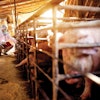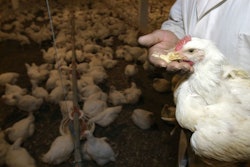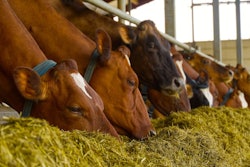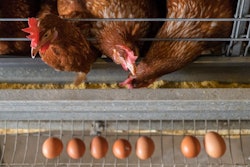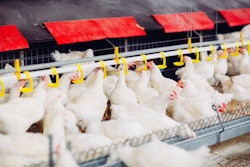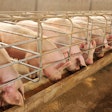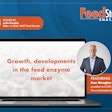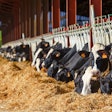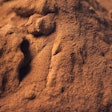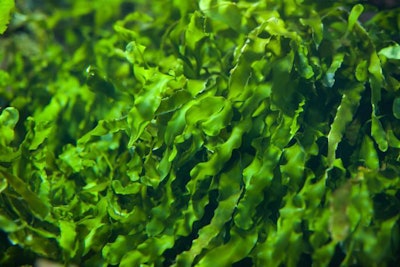
Washing and ensiling seaweed fails to improve digestibility of seaweed in poultry feed trial
Seaweed might hold unique promise for inclusion in cattle feed, but introducing it into poultry diets could prove more challenging.
A recent study out of Wageningen University and Research, intended to test methods that might render seaweed more readily digestible to poultry, was unable to find a means of making seaweed a more suitable feed ingredient. Researchers washed and ensiled seaweed before introducing it into broiler diets, but the birds fed the resulting product ultimately ate more feed without gaining more weight.
“I wouldn’t rule out seaweed for chickens at this point,” said Lotte Stokvis, an animal nutrition Ph.D. candidate at Wageningen University and Research and the lead author of the study. But in spite of its promise, seaweed remains a challenging ingredient for poultry.
Seaweeds considered potential feed ingredients, such as kelps, generally come with some pros and cons, according to Pierrick Stévant, a researcher with Norwegian research firm Møreforsking, who specializes in seaweeds. On one hand, they tend to contain several desirable nutrients and bioactive substances such as minerals, antioxidants and carbohydrates with prebiotic effects. But they also suffer from poor digestibility and potentially contain toxic levels of elements such as iodine and cadmium, which limits the amount of seaweed that can be included in feed.
“The quality of the kelp as a feed ingredient can be modified by various processing techniques, which may increase the nutritional value of the raw material. Specific compounds of interest for feeding poultry may be extracted,” Stévant said. But research into these methods is ongoing.
Washing and ensiling, Stokvis said, is one proposed strategy for removing ash, heavy metals and excess minerals from seaweed in order to render it suitable for use in poultry feed. In the Wageningen study, this method of processing was successful in reducing the ash content, but also reduced the amount of digestible organic matter and removed beneficial nutrients like nitrogen. The washing process, Stokvis said, likely ruptured the cells within the seaweed, resulting in the loss of nutrition.
But there are still other methods of processing, Stokvis said, that might be able to make seaweed a useful addition to poultry diets — treating the seaweed with enzymes, for example. These alternatives could also come with additional benefits if they could make use of byproducts from seaweed used to produce bioplastics or sweeteners.
“If you have multiple purposes for multiple fractions of the seaweed,” she said, that might create even more economic incentive for the use of seaweed as animal feed.
While this could solve the price problem alternative ingredients could often face, increased processing might also reduce the sustainability benefits typically sought from seaweed-based ingredients, Stévant said.
“Cultivated seaweed is regarded as a sustainable alternative since it takes up carbon and nutrients from the sea and you don’t need fertilizer or fresh water to grow it,” Stévant said. “But if you include energy-intensive processing steps, it is not so sustainable anymore.”
